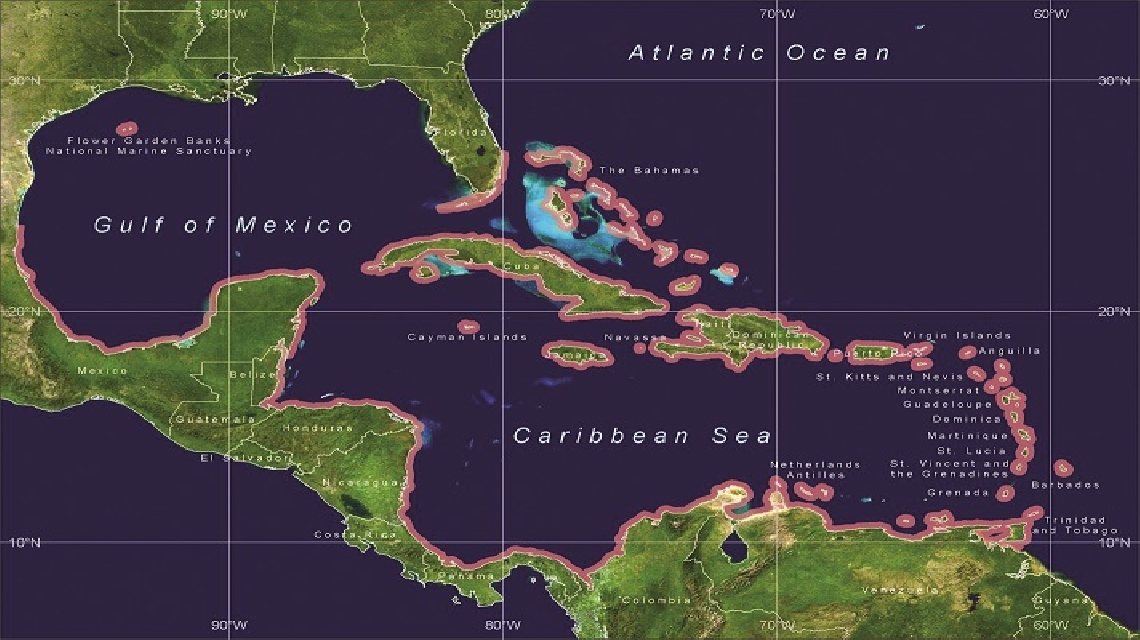NOAA Fisheries is publishing a recovery plan for elkhorn and staghorn corals. The plan identifies criteria that, when met, will allow the coral species to be removed from the list of threatened species under the Endangered Species Act (ESA).
Elkhorn and staghorn corals were once the dominant coral species on Caribbean reefs, but since the 1970s have declined between 92 and 97%. The main causes of the past decline were disease, temperature-induced bleaching, and storms. Both were listed as threatened under the ESA in 2006. NOAA Fisheries proposed to reclassify them as endangered in December 2012 but in September 2014 published a final rule maintaining them as threatened.
The recovery plan contains two dozen actions needed to recover the species and addresses research and monitoring, ways to reduce threats, and enhance the population by actively growing corals in nurseries and putting them back on the reef.
“Although specifically written for elkhorn and staghorn corals, the recovery plan contains actions that will benefit coral reef ecosystems as a whole,” said Eileen Sobeck, Assistant Administrator for NOAA Fisheries.”
The recovery plan does not include any proposed regulations. Instead, it serves as a roadmap to species recovery, charting how to accomplish it. The plan was developed by a 19-member team consisting of state, federal, and academic partners. The recovery plan is available at sero.nmfs.noaa.gov/protected_resources/coral/documents/acropora_recovery_plan.pdf.





